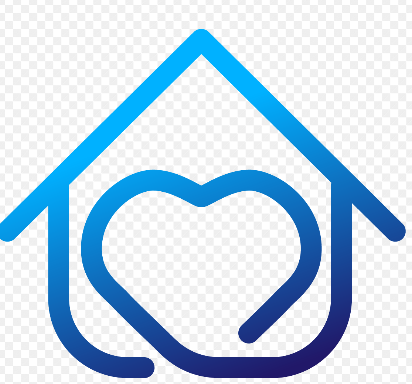Telemedicine vs. Traditional Healthcare: Which is Better?
In recent years, advancements in technology have revolutionized the way healthcare services are delivered to patients. Telemedicine, also known as telehealth, is gaining popularity as a convenient and effective alternative to traditional healthcare in the United States and around the world. The rise of telemedicine has sparked a debate over whether it is better than traditional healthcare. One key aspect of this debate is the use of Remote Patient Monitoring, a crucial component of telemedicine that allows healthcare providers to monitor patients’ vital signs and health status remotely.
Telemedicine offers several benefits over traditional healthcare, such as convenience, accessibility, and cost-effectiveness. With telemedicine, patients can consult with healthcare providers through video calls, phone calls, or messaging applications, eliminating the need for them to travel to a healthcare facility. This is particularly beneficial for patients in rural or remote areas who may not have easy access to healthcare services. Telemedicine also reduces healthcare costs by eliminating transportation expenses and reducing the number of hospital visits, making it an attractive option for both patients and healthcare providers.
One of the key features of telemedicine is remote patient monitoring, which allows healthcare providers to track patients’ health status in real-time. Remote patient monitoring devices, such as wearable sensors and connected medical devices, collect vital signs and health data, which are then transmitted to healthcare providers for analysis. This enables healthcare providers to monitor patients’ health conditions, detect any abnormalities or changes, and intervene promptly if necessary. Remote patient monitoring is particularly valuable for patients with chronic conditions, such as diabetes, hypertension, and heart disease, as it allows healthcare providers to manage their conditions more effectively and prevent complications.
On the other hand, traditional healthcare, which involves in-person consultations at healthcare facilities, has its own advantages. In traditional healthcare settings, healthcare providers can physically examine patients, perform diagnostic tests, and provide hands-on treatments, which may not be possible through telemedicine. Traditional healthcare also allows for face-to-face interactions between patients and healthcare providers, which can help build trust and rapport between them. Moreover, in emergency situations or complex medical cases, traditional healthcare may be more suitable than telemedicine for providing immediate and comprehensive care.
In conclusion, both telemedicine and traditional healthcare have their own strengths and weaknesses, and the choice between them depends on various factors, such as patients’ preferences, health conditions, and the nature of health services required. Remote patient monitoring, a key component of telemedicine, is a powerful tool that can enhance healthcare delivery and improve patients’ health outcomes. As technology continues to advance, telemedicine is likely to play an increasingly important role in healthcare, complementing traditional healthcare and providing patients with more options for receiving medical care. Ultimately, the integration of telemedicine and traditional healthcare can lead to a more patient-centered and efficient healthcare system.
************
Want to get more details?
Remote Care Today
https://www.remotecaretoday.com/
800-480-3344
608 Melvin Ave Suite 102 Annapolis MD 21401
Remote Care Today
https://www.remotecaretoday.com/
800-480-3344
608 Melvin Ave Suite 102 Annapolis MD 21401
We offers a physician the most advanced Virtual Care System that results in patient care being significantly increased, improved wellness, and a reduction in hospitalizations.
Our virtual care programs are a full turnkey solution for CCM, RTM, RPM, BHI, Cardiac & Pulmonary Rehab – We take the on the logistics of devices, monitoring, alerts, escalations, and the Superbill. There is no need for your team to take up resources and time to launch your program with us. We do it all and you get paid. Better yet, your patients get white glove care from your office and remotely without adding extra cost.












